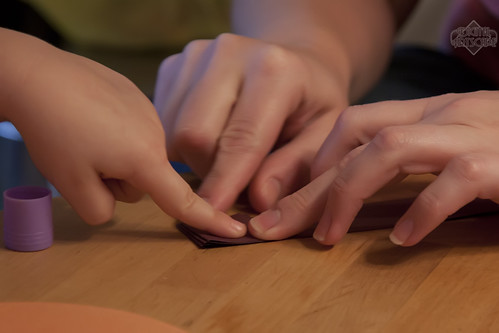Collaboration is an unnatural act in humans.
We are tribal animals, and all our instincts lead us to see life in terms of "us and them". When we divide people into teams in our "Bird Island" experiment, for example, each isolated team naturally starts to compete against the others without any prompting from us.
The famous "Eagles and Rattlers" experiment showed how this competition, when strengthened, began to lead to destructive behaviour. We can see this behaviour in any society driven by competition for limited resources.
This is often the case in business. Divisions are in competition for budget and people, and as a result can set up the familiar organisational silos.
Communities of practice can begin to break these silos. Initially Communities operate as a self-help mechanism, where people in one silo raise a question which people in other silos can answer. Through principles of reciprocity and "what's in it for me", knowledge begins to flow through the communities.
However there is a radical step in Community behaviour, when they start to focus, not on value to the individual, but the value they collectively can generate. In our Community Maturity model, this is the step from 3 to step 4 on many of the key variables.
Let me explain why this step is so important, by going back to the "Eagles and Rattlers" experiment.
In this experiment, the groups of boys in an American summer camp were divided into hostile tribes by giving them competitive tasks. However the experimenters were able to turn this around completely, and to develop a massively collaborative culture, simply by giving them collective challenges that each group could not solve on their own.
Simple step, massively powerful outcome.
The same thinking can be seen in the "T-shaped Manager" approach. Give managers collective targets, and they cease competing internally.
Communities of practice can take this step almost as an evolutionary process. I remember a Community meeting many years ago, when someone stood up - eyes shining - and said "guys, just think what we would accomplish if we all worked together on this. I bet we could cut costs by 50%!"
This is where a CoP starts to think less about one individual or team solving the problems on another, and more about pooling everyone's knowledge to make a step-change in collective performance. That's when a sense of true collaboration begins within the Community - something that previously might have felt unnatural.
That's when Communities "grow up".





No comments:
Post a Comment